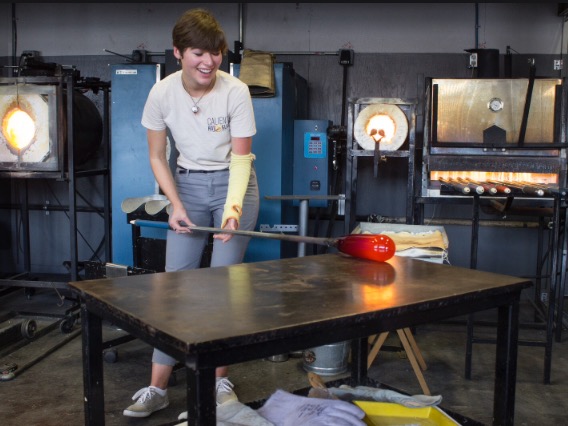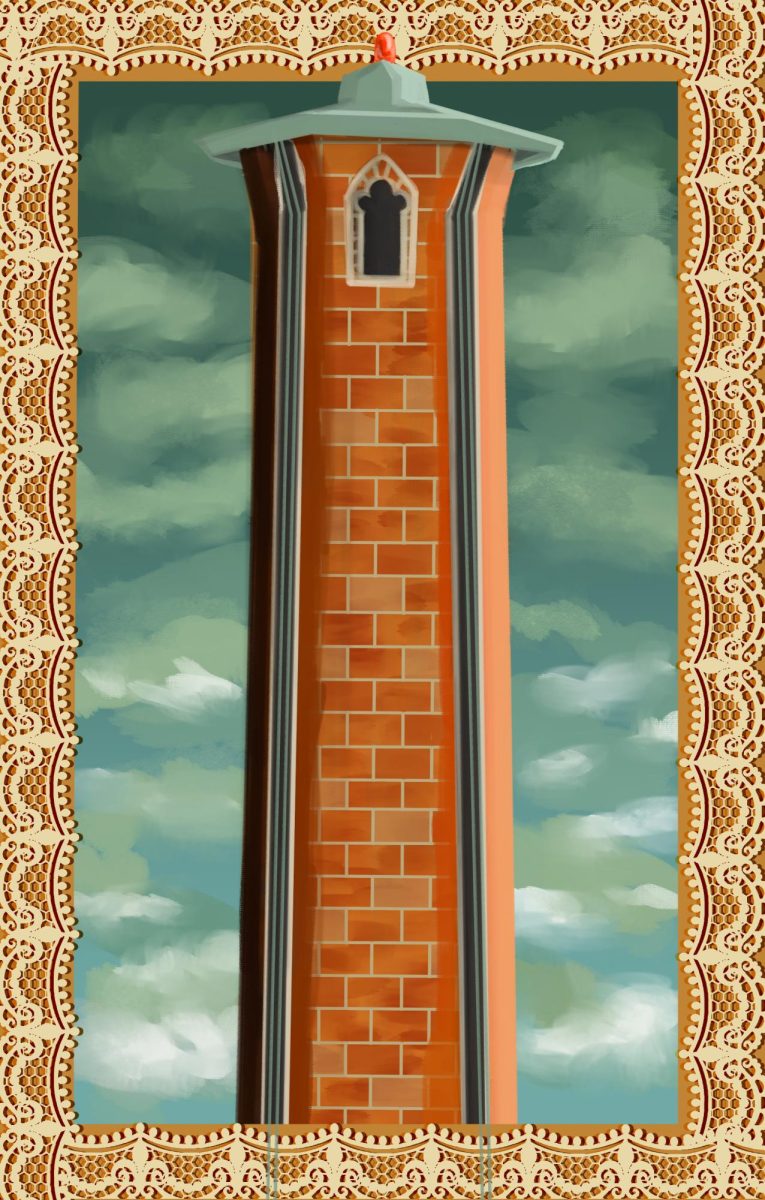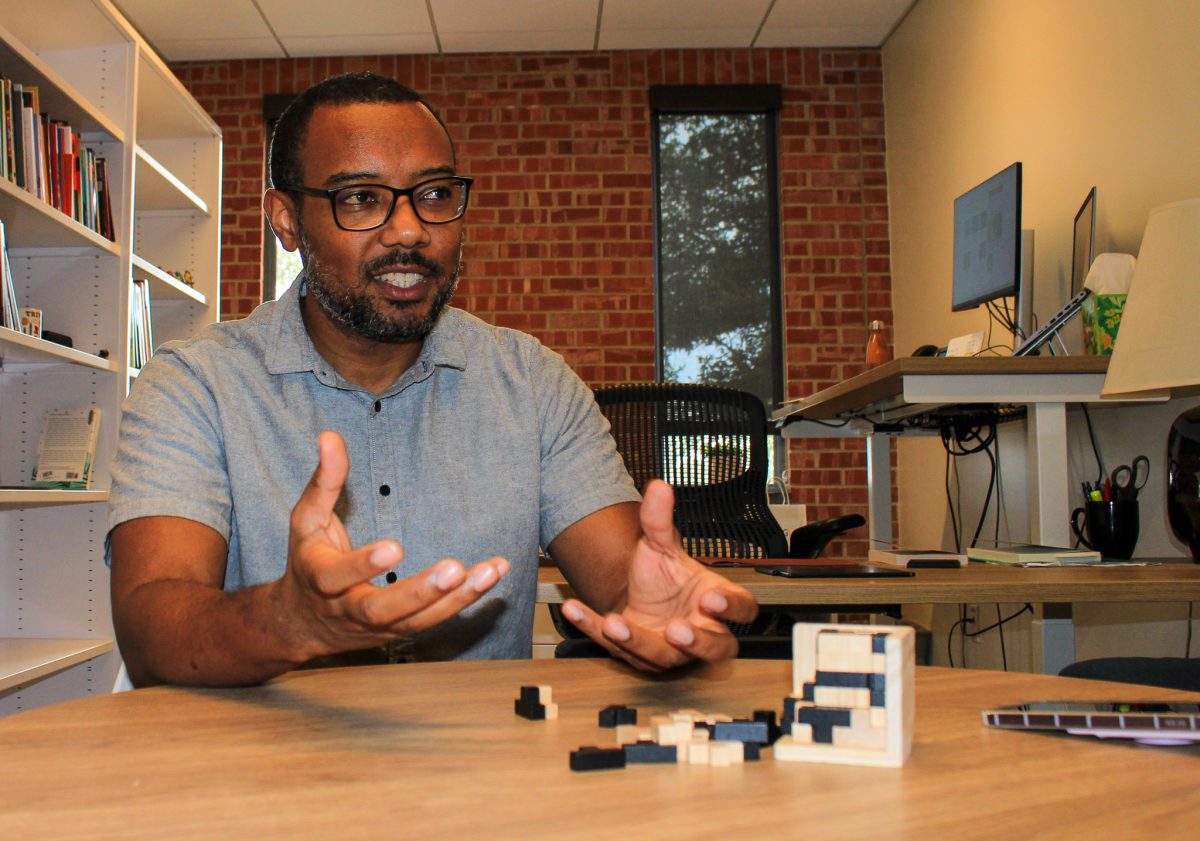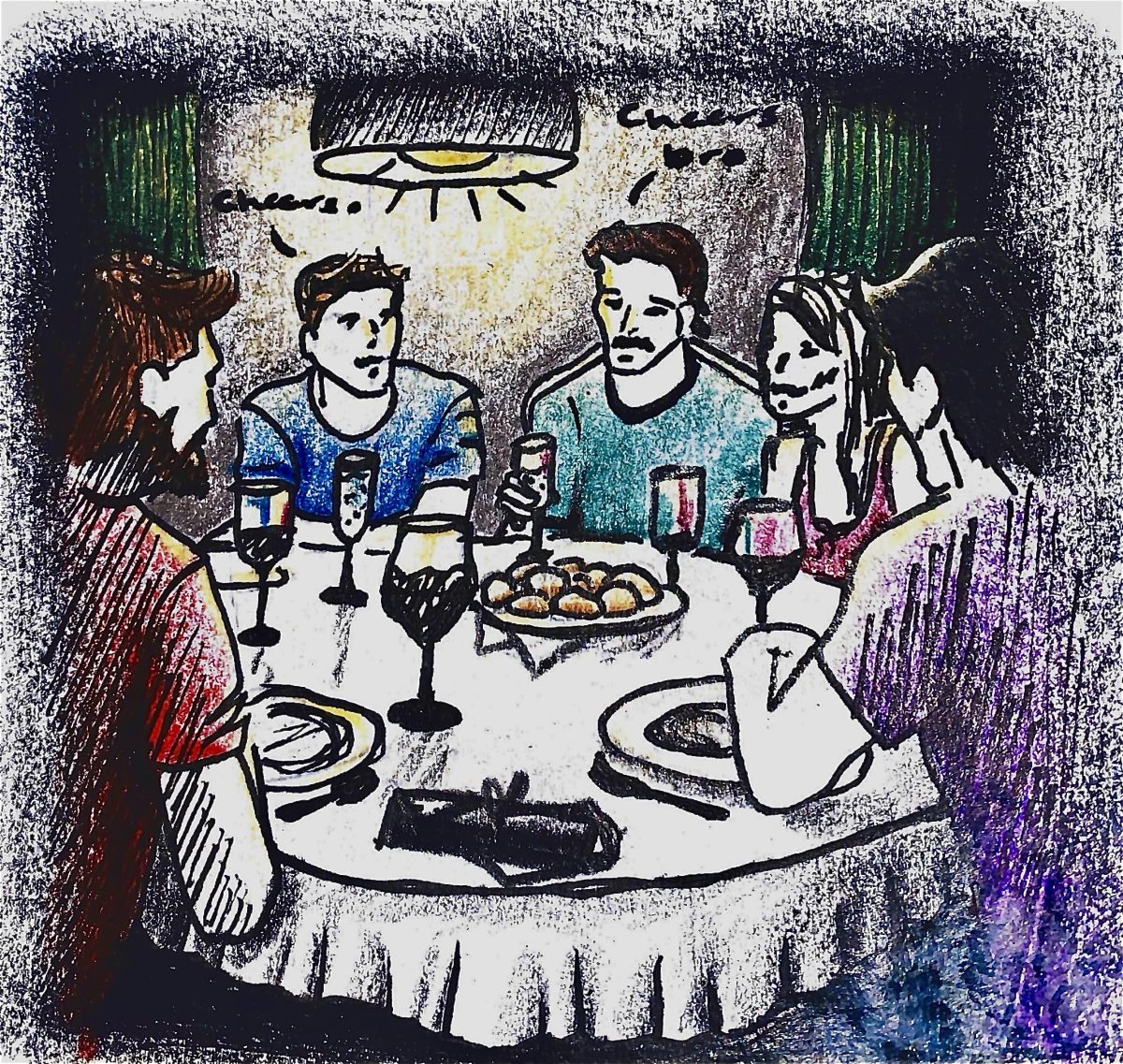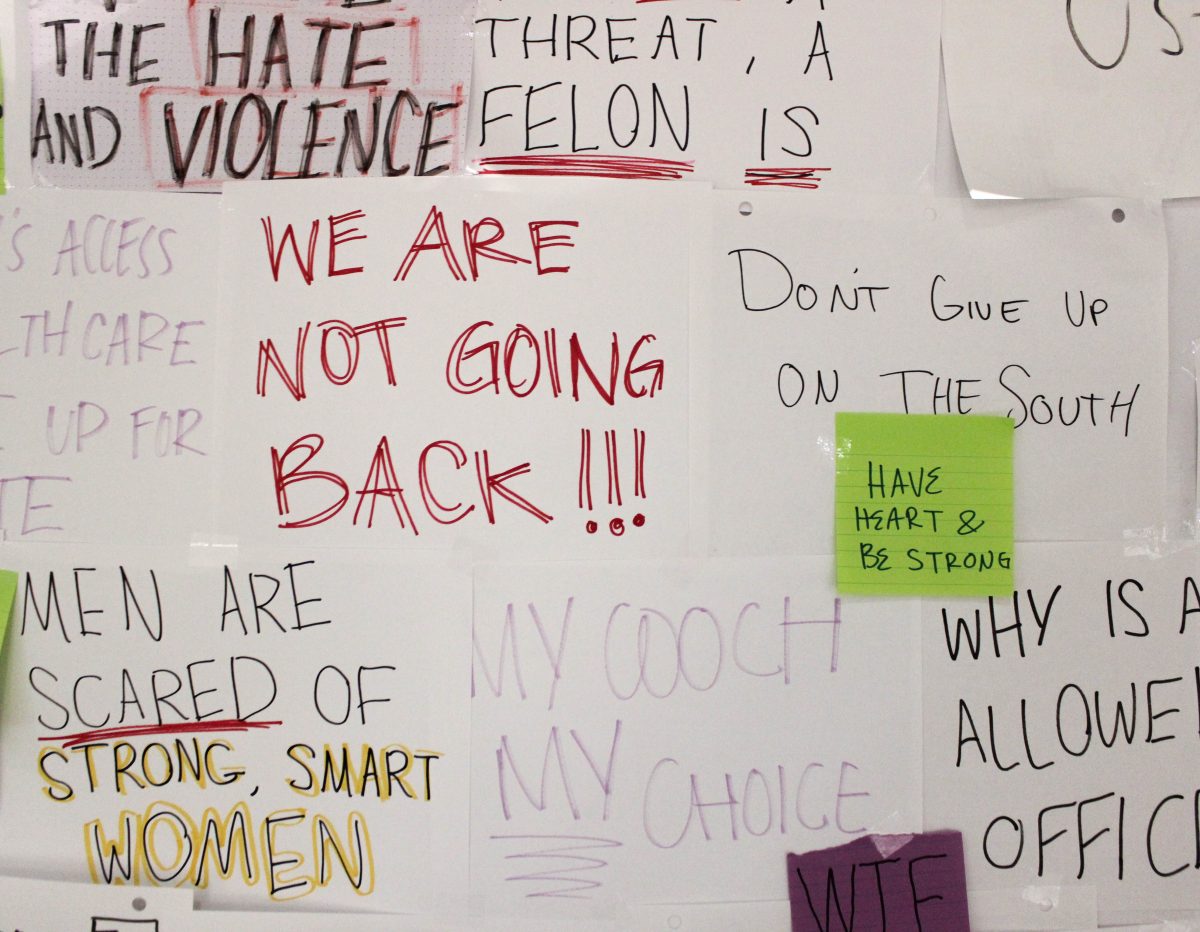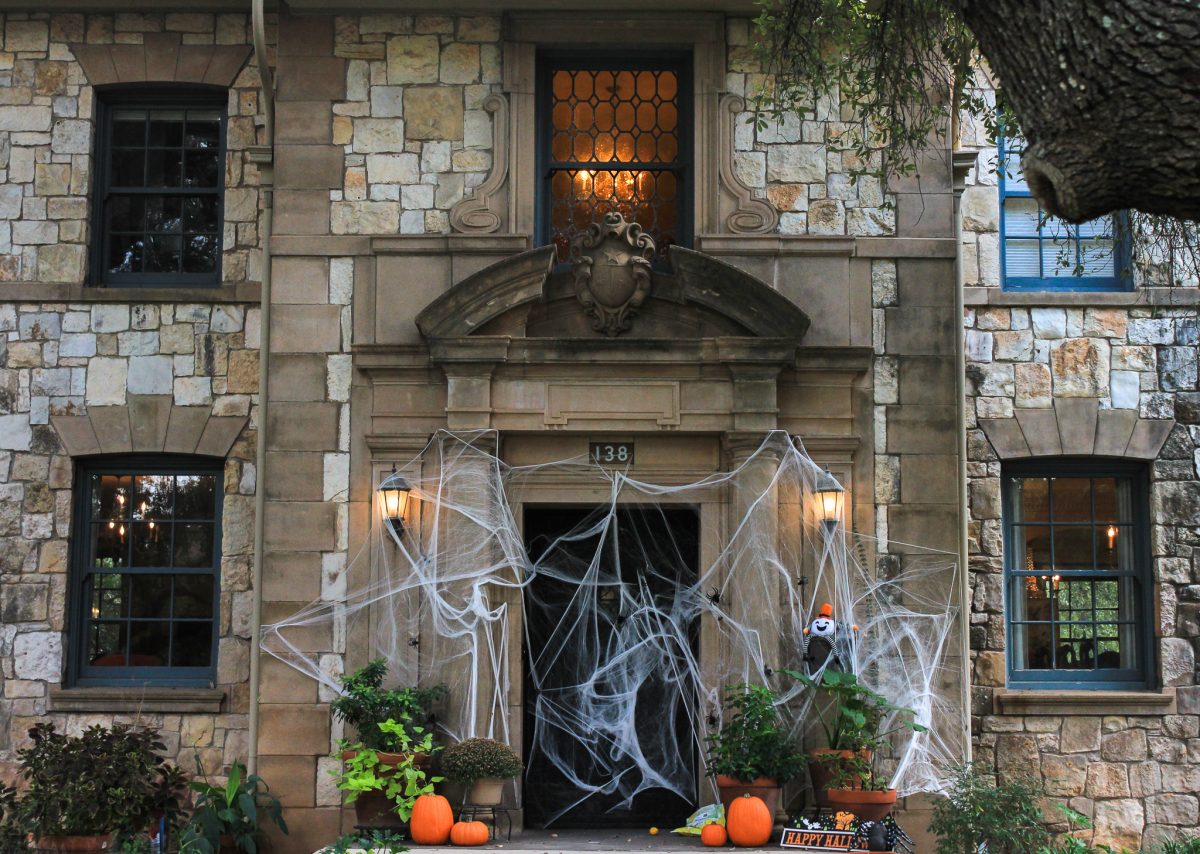Imagine for a moment that you are holding a six-foot-long metal pipe that has five to 10 pounds of molten glass on it, burning hot between 1500″“2000 degrees Fahrenheit. There are other people walking around also holding pipes with molten glass, yelling at each other. The glass is cooling down and you only have seconds turn it into whatever what you want.This is the kind of art form that junior engineering major Jessica Rodriguez likes to do.
“It’s a strange experience, because of the danger of it but also the art-making part,” Rodriguez said.
Glassblowing caught her attention when she was 14 years old. She liked its uniqueness and the physics of the process. Rodriguez says she was rejected from several places for having no prior experience and for being female, but she finally found a teacher who initiated her into the art of glassblowing.
She is currently a member and assistant at Caliente Hot Glass art collective, where she gets to work on her own pieces. This is a big deal, even after doing it for as many years as she has. It is an expensive activity; however, she still enjoys assisting and watching the professional glassblowers make their pieces once every week or every other week for a couple of hours.
Although she has been working professionally for about three years, she still considers herself a “baby glassblower.” In this art form, it is common for people to take at least 10 years to become professionals.
For Rodriguez, glassblowing is not only an outlet from school work, but also a way to combine her interests for art and physics in a single creative activity.
“Being an engineering major makes it more interesting, because I can apply almost every single one my classes to what I’m doing,” Rodriguez said. “It’s one of those things that I try my best to make time for, just because I need to.”
She admits that making a piece is very stressful, but at the same time it takes her mind away from classes and homework.
“It’s therapeutic. You’re going into a different world. You don’t have to think about a single thing other than, “˜My priority right now is this inanimate object that can probably really hurt me, but I want to make it beautiful,’ “ Rodriguez said.
What makes glassblowing different to other art forms she has tried is that the concept of a “perfect piece” is not exactly getting the result she originally planned. She discussed how, as a glassblower, you can only manipulate the glass to a certain extent. It’s very unlike drawing, where you are in absolute control of how the piece will look. In this case, there are many factors that influence how the final shape will look, such as temperature and color application.
“Therefore, by the end, the piece is never going to look the way you intended it to. But that is a very beautiful form of expression, I think,” Rodriguez said.
Even the people who have been doing it for over 20 years as a main profession will start off with an idea of the piece and end up with a completely different result. One piece can take anywhere between 30 minutes and an hour to make, but it demands the glassblower to make short, quick decisions the entire time. Thus, there is an immense amount of skill required to make each piece look like you want it to. The creative part is more in the process than in the final product.
Blowing glass for a living is an extremely expensive, long and time consuming process. But Rodriguez enjoys it so much she wants to keep doing it regardless. In fact, she and two other Trinity students have been working on an entrepreneurship project called Modern Renaissance, which is helping artists afford to create art as a career.
Rodriguez, Adam Syed, senior music composition major, and James Lovett, junior psychology major, are starting this company to provide funding for artists to help them get into galleries, and make their professions affordable. If this project picks up, Rodriguez said she would prioritize glassblowing even more and might consider it as a profession. Until then, you can catch her at Caliente Hot Glass or in the engineering labs.

